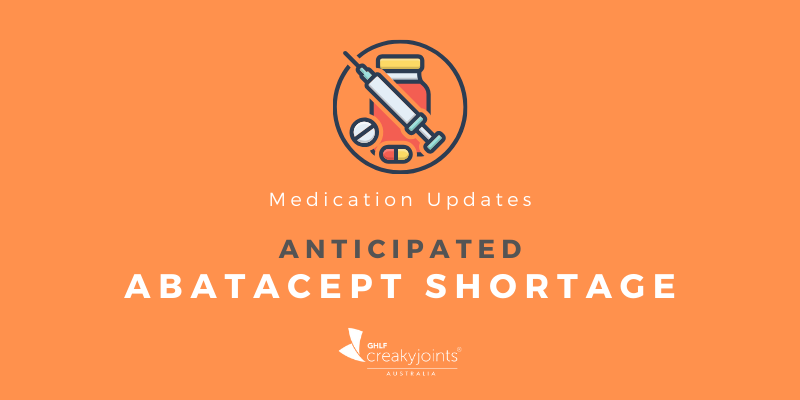

2 May 2020 is World AS Day. It is organised by the Axial Spondyloarthritis International Federation and celebrated on the first Saturday in May each year.
While “AS” refers to Ankylosing Spondylitis, World AS Day now serves to promote the broader category of axial spondyloarthritis (AxSpa) as this includes a range of similar forms of arthritis. Click here to learn more about the classifications of spondyloarthritis and why they matter.
Axial spondyloarthritis is one of the more common forms of arthritis. (There are over 100 forms.) It is an autoimmune condition which means that it is an incurable chronic inflammatory disease that affects the immune system. There is no known cause, although there are some known factors that can contribute to it, and there is no cure.
AxSpa affects men and women more or less equally and symptoms usually begin in early adulthood (between age 17 and 45). It predominantly affects the axial skeleton (the spine and the sacroiliac joints – the joints on either side of the lower spine that connect it to the pelvic bone).
Symptoms of Axial Spondyloarthritis
The primary symptom of axSpA is inflammatory back pain, which is back pain that occurs because of chronic inflammation in the joints of your spine. This is in contrast to mechanical back pain, which occurs because of things such as muscle strains, disc problems or other issues.
Other symptoms include pain that:
- Improves with activity and exercise and worsens with rest
- Responds well to non-steroidal anti-inflammatory drugs (NSAIDs) like aspirin, ibuprofen (Nurofen®), celecoxib (Celebrex®) and meloxicam (Mobic®)
- Often occurs with pain in the buttock or thigh muscles
- Often occurs with limited spinal flexibility, making it increasingly difficult to do daily tasks easily
People with AxSpa often experience extreme fatigue as their immune system is overworked. It is also possible for people to have related conditions, such as psoriasis or inflammatory bowel issues, as well as AxSpa.
Depending on the severity of the condition AxSpa can be treated with anything from pain killers through to disease-modifying antirheumatic drugs (DMARDs) and injectable medications called biologics. Exercise and various forms of physical therapy also play an important role in the treatment of spondyloarthritis conditions.
Axial Spondyloarthritis and Mental Health
The theme of this year’s World AS Day is “TOGETHER – axSpA and mental health”. The aim is to raise awareness of how the disease affects patients’ mental health. According to research data from Europe, 6 out of 10 people living with AxSpa will experience mental distress.
If you have AxSpa, it is common to experience things like:
- Fear of the condition itself and how it may affect your body in the future
- Concern about how you could support yourself and your family financially if you can’t work
- Anxiety about how you will care for yourself and your family daily
- Concern about the possible side-effects of the medications you may need to treat your condition
- Not wanting to talk about your condition with those around you or having no-one to talk to about your concerns
If you are the person with diagnosed or suspected AxSpa, one of the best things you can do to alleviate your fears is to learn as much as you can about the condition from a reliable source (such as your treating doctors, CreakyJoints Australia and other arthritis patient organisations). Often, the fear of the unknown is worse than the fear of other factors like those listed above.
The next step is to understand that it is possible to live a happy and productive life with AxSpa if you take steps to manage it and adapt some of the things you normally do.
Reaching Out For Support
Above all, it is important to speak up and ask for the support you need. Your personal support network might include:
- Friends and family
- Your treating doctors
- Other health professionals, such as physiotherapists, occupational therapists and clinical psychologists
- Members of an arthritis support group (online or face-to-face)
If you know someone with AxSpa, you can help them by asking them what support they need from you. That might simply involve hanging out with them at home when they have a bad day or giving them the space to rest when they ask for it. You could drive them to appointments or do physically-taxing tasks for them. Most importantly, you can believe them when they tell you what’s wrong and allow yourself to be guided by their requests and treatment approaches. Allow them to remain in control of their own lives and bodies.
This information should never replace the information and advice from your treating doctors. It is meant to inform the discussion that you have with healthcare professionals, as well as others who play a role in your care and well-being.
Visit the Ankylosing Spondylitis Australia website for information on the current activities of the state-based AS patient support groups.




